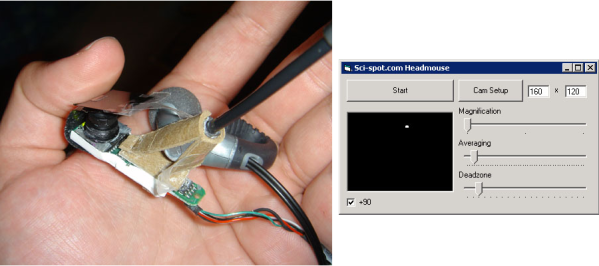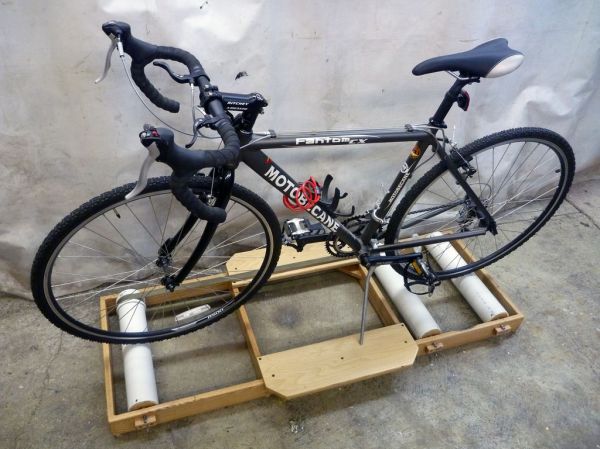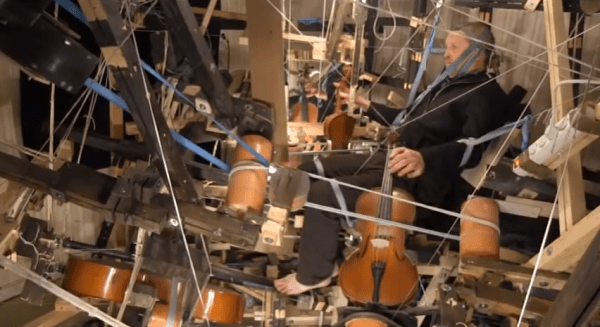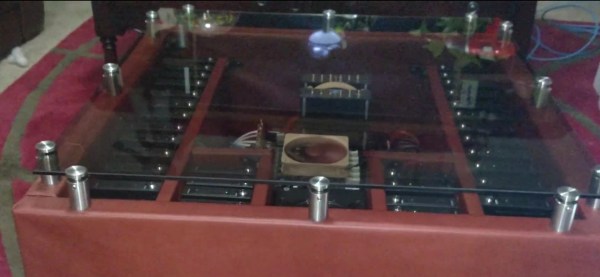For those skeptical about the feasibility of Santa’s annual delivery schedule, here’s an autonomous piece of the puzzle that will bewilder even the most hard-hearted of non-believers.
The folks over at the Center of Excellence Cognitive Interaction Technology (CITEC) in Germany have whipped together a fantastic demo featuring Santa’s extra pair of helping hands. In the two-and-a-half minute video, the robot executes a suite of impressive autonomous stocking-stuffing maneuvers: from recognizing the open hole in the stocking, to grasping specific candies from the cluster of goodies available.
On the hardware-side, the arms appear to be a KUKA-variant, while on the software-side, the visualizations are being handled by the open source robot software ROS‘ RVIZ tool.
If some of the props in the video look familiar, you’ll find that the researchers at CITEC have already explored some stellar perception, classification, and grasping of related research topics. Who knew this pair of hands would be so jolly to clock some overtime this holiday season? The entire video is set to a crisp computer-voiced jingle that serves as a sneaky summary of their approach to this project.
Now, if only we could set these hands off to do our other dirty work….
Continue reading “Santa’s Autonomous Helping Hands Let The Jolly Ol’ Fellow Kick Back This Season”
















